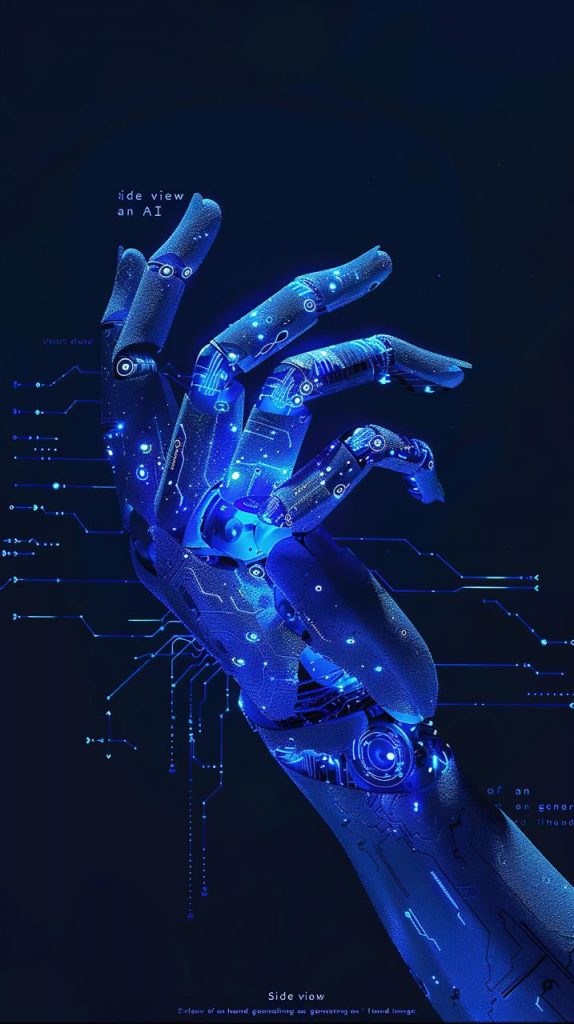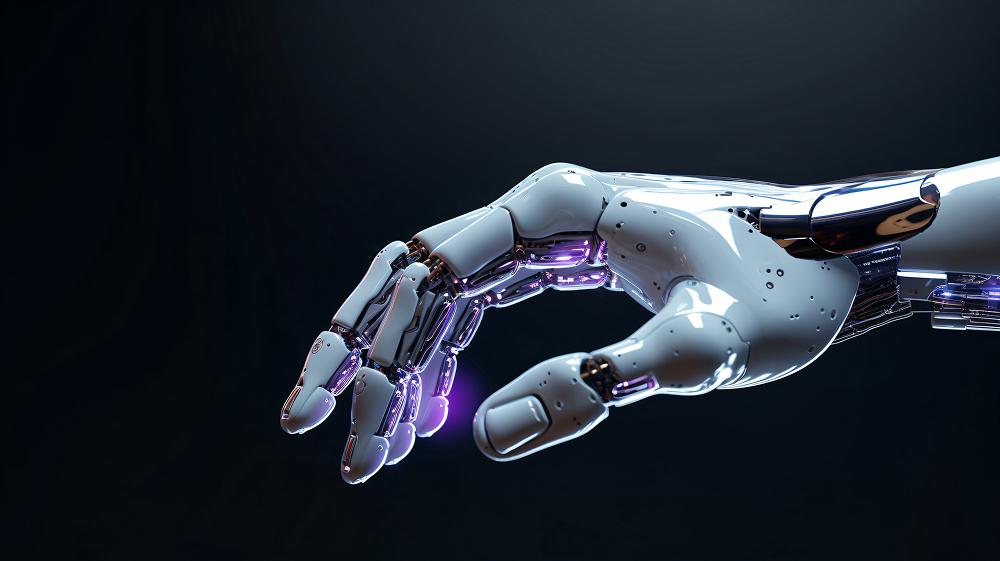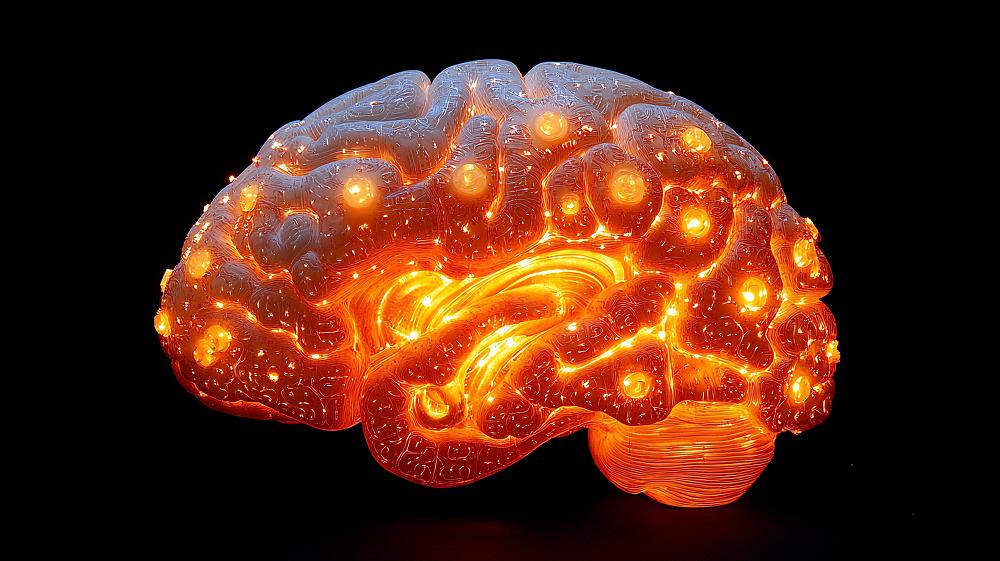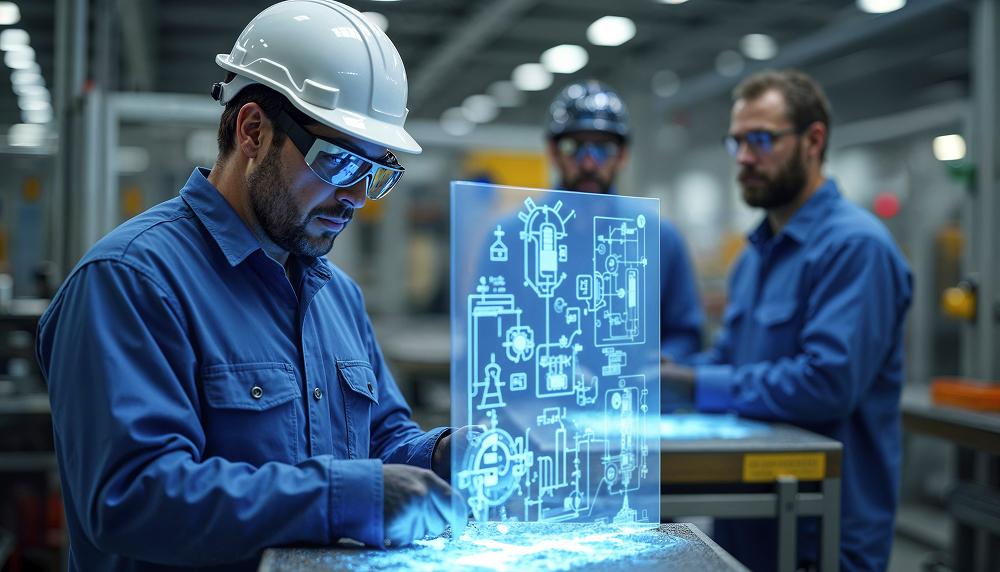Unlock the Future with Multimodal AI
Where We Can Help in Multimodal AI







Building AI Agents Using Cutting-Edge Tools and Frameworks
Our Seamless AI Development Process
FAQ
Multimodal AI processes and analyzes data from various sources, like text, images, and audio, to provide a comprehensive understanding of information. This integration allows for more accurate predictions and insights, making it adaptable to industries such as healthcare and entertainment.
A multimodal generative model creates new content by combining multiple data types, such as generating images from text or creating text from images. It blends the capabilities of generative models with multimodal inputs to produce diverse outputs.
Multimodal AI enhances generative AI by integrating various data types, like text and images, to create richer, more accurate content. For example, it can generate images based on written descriptions or produce video content using both images and audio.
Multimodal generative AI refers to systems that create new content by combining multiple data types, like text, images, or video. It allows for more complex and nuanced content generation by understanding and using diverse inputs.
Multimodal AI focuses on processing and understanding various data types together, while generative AI creates new content. While multimodal AI can aid in content creation, its primary focus is on data analysis and integration.
Yes, multimodal AI can generate diverse content by combining different data types, such as creating images, videos, or articles. It automates content creation, making it a powerful tool for marketers and creators.
Multimodal AI models are trained on diverse datasets to learn relationships between data types. Using deep learning techniques, the model integrates and processes these inputs, enabling it to generate meaningful and accurate outputs.



















